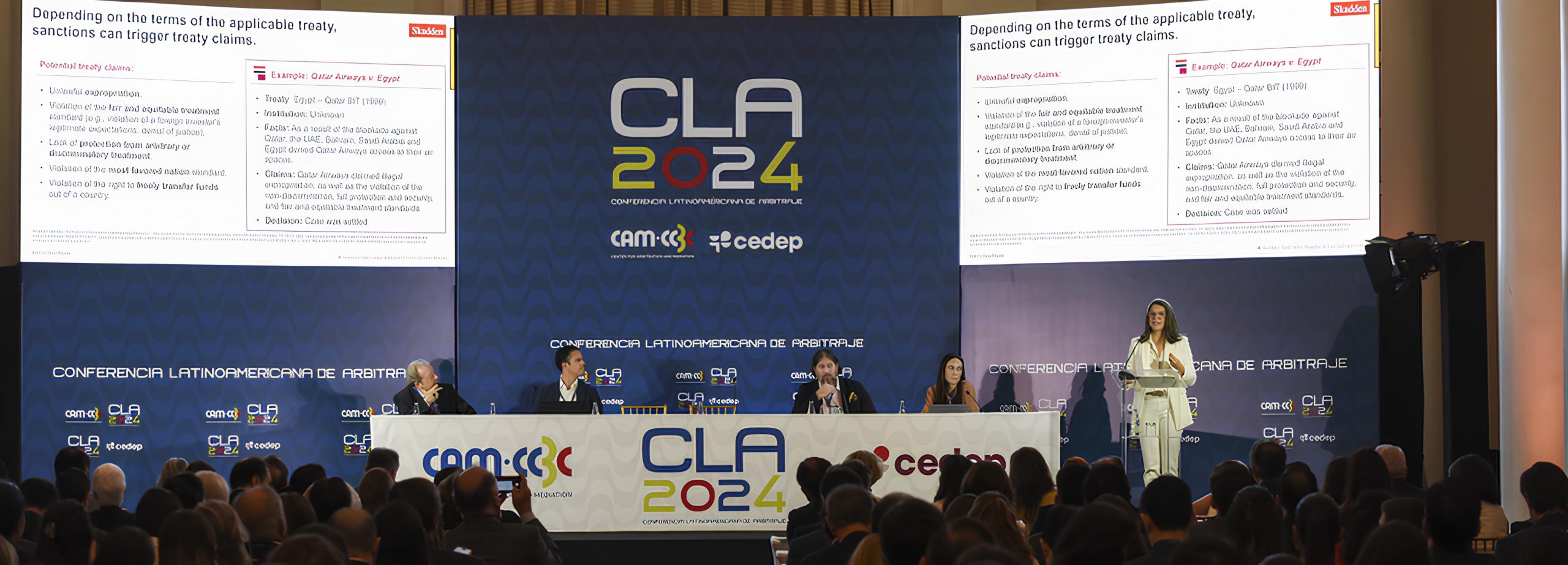The movement of the U.S. Federal Reserve is fundamental for the evolution of both emerging and developed countries
By Alessandra Taraborelli
Initially, the year 2024 could have been marked by a significant monetary easing, after the Federal Reserve (Fed, the U.S. central bank) signaled that the committee had begun discussing interest rate cuts. However, once again, the expectations outlined diverged from reality, with economic activity still heated and inflation pressured. This is what Pedro Chrysostomo, Macroeconomic Specialist at Vinci Partners, states.
The market still expects the beginning of the rate-cutting cycle in the United States, but now in a less intense manner, with a reduction of only 100 basis points. “We are aligned with the view of a more moderate easing. However, we believe that more important than the size of the cycle is the beginning of the cuts themselves, which we expect to occur in June,” he evaluates.
Chrysostomo further reveals that the Fed’s movement is fundamental for the evolution of the global scenario, both in emerging and developed countries. He predicts that, even with strong economic activity, we will see the continuation of interest rate cuts in Brazil and the beginning of the cycle in Canada.
Due to their greater familiarity with inflationary environments, emerging economies began to act towards withdrawing stimuli before developed countries, with Brazil being the first relevant economy to raise interest rates, in a process that took the Selic from 2% in 2021 to 13.75% in mid-2022.
Analysis
With the sharp rise in the basic interest rate, analysts began to project a strong slowdown in economic activity in 2022, with the Focus survey pointing to growth close to zero in that year, but – as we know – it registered a strong advance of 3%. History repeated itself in 2023, with the market expecting low growth of 0.5% in January, when, in fact, the year showed another solid increase of 2.9%.
Despite the stronger activity, the process of disinflation continues, with the IPCA falling from 12% in mid-2022 to 4.6% in December 2023. Disinflation allowed the Central Bank to start cutting the Selic, which is currently at 10.75%, with a signal that it will reach 10.25% in June.
“We believe that disinflation will continue, with the IPCA heading towards 4.1% in 2024 and 4.0% in 2025, allowing the Central Bank to bring the Selic to a single digit later this year. Our projections are for the Selic to end the year at 9% and 8% in 2025. So far, the decline in the interest rate differential has not had a significant impact on the exchange rate, which, by the way, has appreciated since the beginning of the cutting cycle,” ponders the specialist.
The specialist also adds that the good performance of the Real is mainly due to the robust growth of the Brazilian trade balance, with the balance registering a surplus of US$ 99 billion in 2023. Even if in 2024 the inflow of dollars through the trade surplus continues to be relevant, probably above US$ 90 billion, the expectation is that the Central Bank will start to depend on the beginning of interest rate cuts in the United States throughout the second half of the year.
Finally, with the less restrictive Selic, a heated labor market, real wage adjustments, continued income transfers, and excellent performance of the trade balance, it is believed that growth may again surprise the market, which currently expects GDP growth of 1.7% against Vinci Partners’ projection of 2.1%, which could be even stronger than that. “Stronger growth helps reduce political noise and fiscal dynamics, which we also believe should register better results than expected by the market, with the government continuing to pursue the promised zero primary result for this year,” he ponders.

Canada
Just as in Brazil, other emerging economies responded more quickly to high inflation by controlling price increases and beginning the interest rate-cutting process as early as 2023. On the other hand, the response from developed countries was slower, with the Fed raising interest rates only from the end of the first quarter of 2022 to mid-2023.
The rise led by the Fed was accompanied by other advanced Central Banks, such as the Bank of Canada, which raised the rate from 0.25% to 5.0% practically simultaneously with the increase by the U.S. central bank. After the late start of monetary tightening, the roadmap observed in Brazil and other emerging economies was followed in advanced economies.
“Therefore, there is resilience in activity, largely due to the lag in stimuli guaranteed until 2022 and, in some cases, as in the United States, by the renewal of fiscal stimulus, which ended up limiting the worsening of financial conditions and shielding activity. Just like in Brazil, the growth of the American economy surprised in 2023, registering an increase of 2.5%, while the market believed in a number close to zero until mid-year,” explains Chrysostomo.
For 2024, the story is even more similar to the scenario seen in Brazil, with data from the first quarter showing strength, leading to new revisions for the GDP of the year, currently at 2.1%.
In other developed economies, the synchrony with the United States is quite noticeable, with small differences only regarding the size of the fiscal stimulus, which justify slightly different growth numbers.
Canada and Europe provided less fiscal stimulus than the United States, but the proximity and similarity of the Canadian economy justify the growth of 3.8% in 2022 and 1.1% in 2023, while Europe recorded an increase of 3.4% and 0.4% during the same period. The resilience of activity and stimuli allowed the labor market in Canada to remain heated, with the unemployment rate closing 2023 at 5.4%, slightly above the 5.3% observed in 2022. For 2024, the market expects some cooling again, with unemployment rising to 6.4% and GDP growth falling to +0.7%.
Meanwhile, inflation, which fell from 6.8% to 3.9%, is expected to continue slowing down, but like in other economies, it is unlikely to consistently return to around 2%. “Even with less heated activity than in the United States, we consider it difficult for a very divergent easing process from that which should be gradually conducted by the Fed throughout the second semester. Thus, the evolution of the global scenario depends on the action of the American central bank, as it is the one that will allow emerging markets to continue cutting rates, and developed ones to start the cycle,” concludes Chrysostomo.





